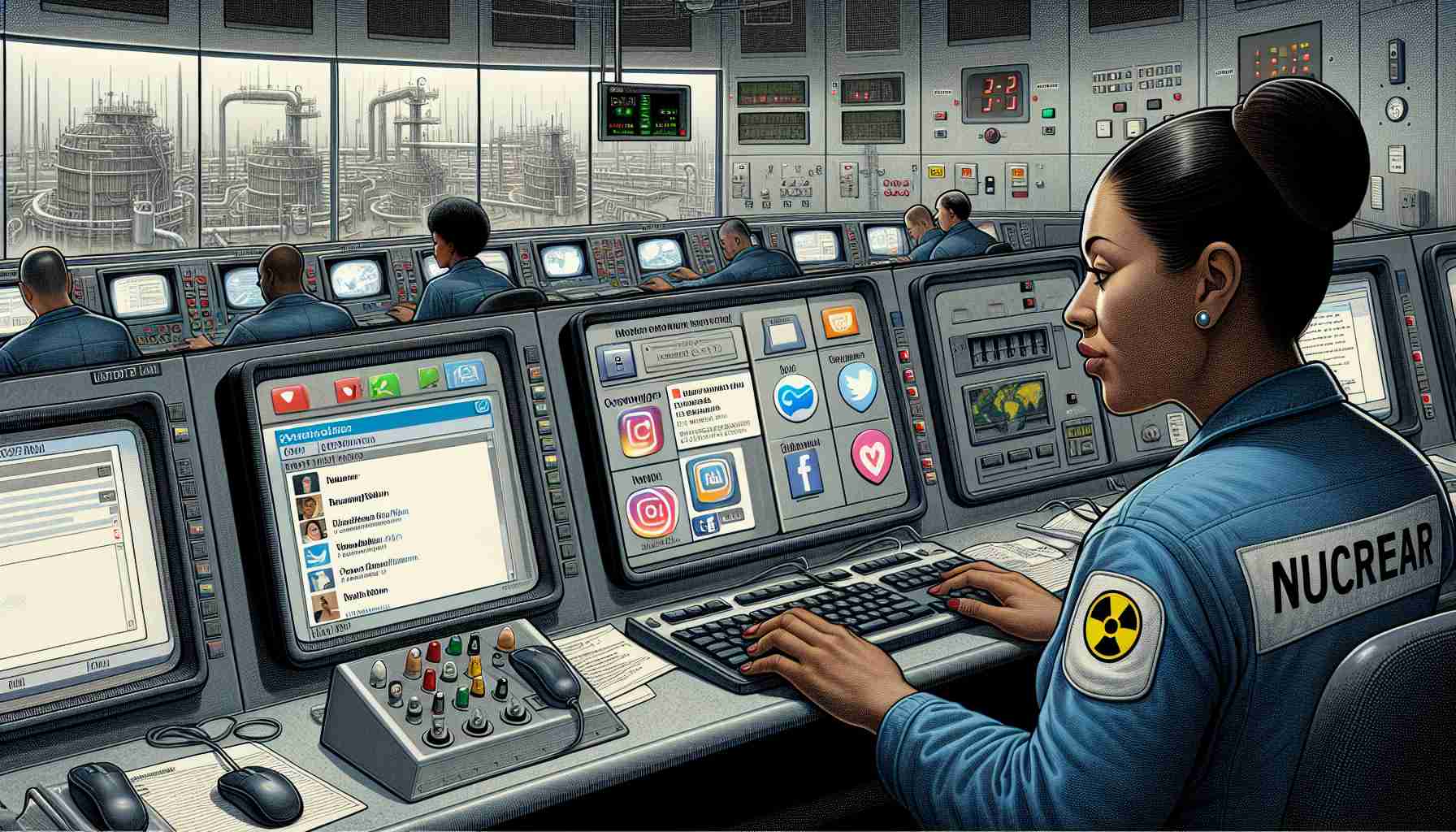China’s ground-breaking achievement in fusion energy has captured the world’s attention. The Experimental Advanced Superconducting Tokamak, commonly referred to as EAST, recently shattered its own record by maintaining high-temperature plasma confinement for an astonishing 1,066 seconds on December 30, 2024. This milestone represents a significant progression towards harnessing nuclear fusion as a practical energy source.
This remarkable feat was accomplished by the dedicated researchers from the Institute of Plasma Physics at the Hefei Institute of Physical Science in Anhui Province. Their innovative work is part of a larger initiative aimed at unlocking the challenges that have impeded the advancement of fusion technology for decades.
EAST’s latest success is not just a victory for Chinese science; it is a crucial step in the global effort to develop sustainable energy alternatives. Plans for new experimental fusion facilities are already underway in Hefei, highlighting the team’s commitment to transforming theoretical research into practical energy solutions.
The implications of this advancement could be profound, paving the way for a greener, more efficient energy future. As scientists continue to tackle remaining technological challenges, the dream of large-scale fusion power generation moves closer to reality, promising a sustainable solution for our energy needs. The journey toward harnessing the sun’s power on Earth is proving to be a game-changer for the energy sector.
Broader Considerations of Fusion Energy Progress
The recent breakthrough in fusion energy, particularly marked by EAST’s remarkable achievement, extends beyond mere scientific fascination; it signals a profound shift in how we might approach our global energy crisis. The implications of this advancement reverberate across society and culture, potentially reshaping our environmental policies and economic structures.
As nations increasingly contend with climate change, the success of fusion research could offer a clean alternative to fossil fuels, significantly reducing the greenhouse gas emissions responsible for global warming. The ability to harness fusion power could change the narrative of energy production, moving us towards a world where energy is both abundant and sustainable. This transition could revitalize industries, bring new job opportunities, and stimulate economic growth through the establishment of a robust fusion energy sector.
Moreover, the technological innovations stemming from fusion research may pave the way for other fields, including materials science and superconductivity, further driving societal evolution. Notably, investments in fusion technology could also inspire a new generation of scientists and engineers, infusing education and research with fresh ideas and excitement.
As we look to the future, the convergence of international collaboration around fusion research holds promise. Countries could find common ground in addressing the shared dilemma of energy insecurity while striving for sustainability. The long-term significance of these advancements may thus not only lie in energy production but in fostering a collaborative spirit among nations—one that prioritizes sustainable Development and global cooperation.
The Future of Energy: China’s EAST Sets Record in Fusion Energy Research
Introduction
China has recently made waves in the scientific community with its groundbreaking work in fusion energy, specifically through the Experimental Advanced Superconducting Tokamak (EAST). On December 30, 2024, EAST achieved a remarkable milestone by confining high-temperature plasma for 1,066 seconds, a record that emphasizes the potential of nuclear fusion as a viable and sustainable energy source.
The Significance of EAST’s Achievement
This extraordinary accomplishment was led by researchers at the Institute of Plasma Physics within the Hefei Institute of Physical Science, located in Anhui Province. Their work is vital not only for China but for the global scientific community as it marks a crucial step towards addressing some of the longstanding challenges in fusion technology.
# Pros and Cons of Fusion Energy
Pros:
– Sustainability: Fusion energy could provide an almost limitless supply of energy with minimal environmental impact.
– Safety: Unlike fission, fusion doesn’t produce long-lived radioactive waste and carries a lower risk of accidents.
– Abundant Fuel Supply: Fusion utilizes isotopes of hydrogen, which are readily available from water.
Cons:
– Technological Challenges: Creating and maintaining the conditions needed for fusion (extreme temperatures and pressures) remains a significant hurdle.
– High Initial Costs: The research and development costs associated with fusion energy production are very high, raising questions about economic viability.
– Timing for Availability: As technologies stand today, practical fusion power plants may still be decades away from realization.
Future Prospects
EAST’s latest success is expected to accelerate the global effort toward sustainable energy solutions. Following this achievement, there are plans for additional experimental facilities in Hefei, which demonstrates the commitment of researchers to transition from theoretical work to practical implementation of fusion technology.
Comparisons to Other Energy Sources
When comparing fusion energy to traditional energy sources, like fossil fuels and renewables, fusion offers unique benefits:
– Fossil Fuels: While currently the dominant energy source, fossil fuels are environmentally damaging and finite.
– Nuclear Fission: Provides significant energy but produces hazardous waste and faces public safety concerns.
– Renewables (solar, wind, hydro): While sustainable, they can be intermittent and require large areas for implementation.
Fusion energy stands out due to its potential for consistent output, low environmental impact, and safety features.
Innovations and Insights
It’s essential to highlight the innovations being pursued in fusion technology:
– Plasma Stability: Ongoing research is focused on improving plasma confinement techniques to sustain reactions for longer periods.
– Advanced Materials: The development of more durable materials that can withstand the extreme conditions inside a fusion reactor is a priority.
– International Collaboration: Efforts like the International Thermonuclear Experimental Reactor (ITER) in France complement China’s initiatives, showcasing a global commitment to fusion research.
Conclusion
With EAST setting new records and China ramping up its fusion research efforts, the dream of harnessing the power of the sun for energy generation is becoming increasingly attainable. As the world seeks greener and more reliable energy sources, the advancements in fusion technology could revolutionize our approach to sustainable energy.
For more information on advancements in fusion energy, visit Science Daily.
The source of the article is from the blog portaldoriograndense.com



